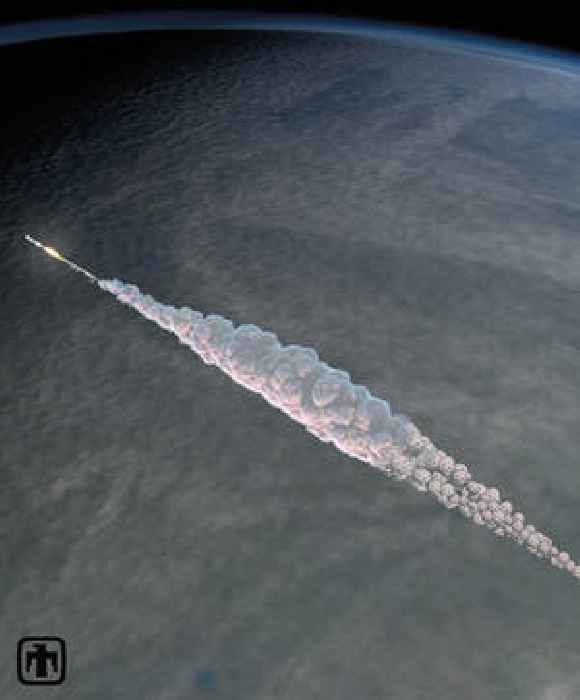Image:
No one saw the Chelyabinsk meteor of 15 February 2013 coming – the largest asteroid to strike Earth in over a century. Just after sunrise on a sunny winter’s day, a 20-metre, 13 000 tonne asteroid struck the atmosphere over the Ural Mountains in Russia at a speed of more than 18 km/s.
The relatively small rock exploded in the atmosphere at an altitude of 30 km, releasing about half a megaton of energy (equivalent to 35 Hiroshima-sized bombs). Two minutes later, the shockwave reached the ground damaging thousands of buildings, breaking windows and injuring roughly 1500 people from flying shards of glass.
Hidden in the glare of our Sun are an unknown number of asteroids, on paths we do not know, many of which could be heading for Earth, and we just don’t know it.
“Asteroids the size of the Chelyabinsk meteor strike Earth roughly every 50-100 years,” explains Richard Moissl, ESA’s Head of Planetary Defence.
“Injuries caused by airbursts or similar events could be prevented if people are informed of an oncoming impact and its predicted effects. With advance warning, local authorities would be able to advise the public to keep well away from windows and glass.”
Richard adds, “ESA’s upcoming NEOMIR mission will detect asteroids like Chelyabinsk coming from the same region in the sky as the Sun, filling a vital gap in our current abilities to predict and plan for hazardous impacts”.
Of course, there is also the risk of an even bigger asteroid impacting Earth from the dayside. Such a scenario is less likely, as the larger the asteroid the fewer there are in the Solar System and the easier they are to detect. In fact, almost all asteroids larger than 1 km have already been discovered.
But as the dinosaurs would tell us, if they could, when a huge asteroid strikes it causes unimaginable damage. Fortunately, as NASA’s DART impact has shown and ESA’s Hera mission will build on, we can deflect such an asteroid.
So, how do we make sure we are prepared? NEOMIR will be located at the “L1” Lagrange point between Earth and the Sun. Undisturbed by Earth’s atmosphere, its infrared telescope will be able to spot asteroids 20 metres and larger currently lurking in the sunlight.
With enough warning, an asteroid impact is the only natural disaster we can prevent.
This 3D simulation of the Chelyabinsk meteor explosion by Mark Boslough was rendered by Brad Carvey using the CTH code on Sandia National Laboratories' Red Sky supercomputer. Andrea Carvey composited the wireframe tail.
Chelyabinsk a decade on: the Sun's invisible asteroids
ESA
0 shares
2 views


